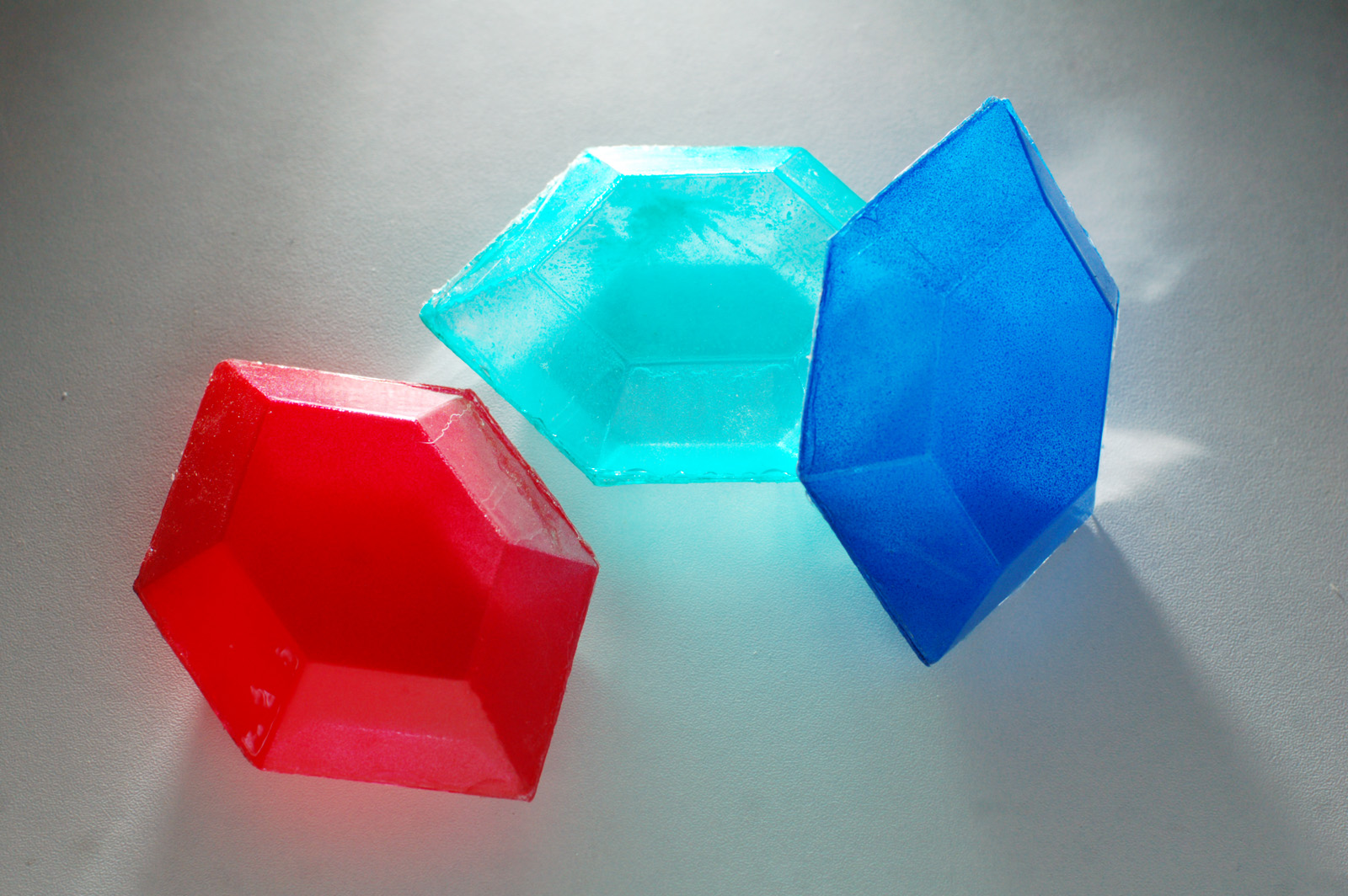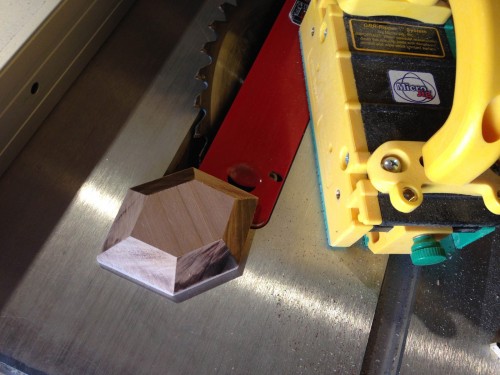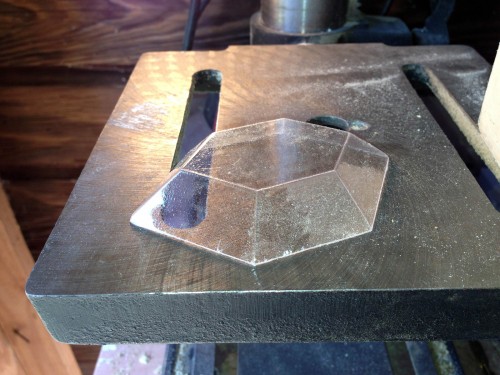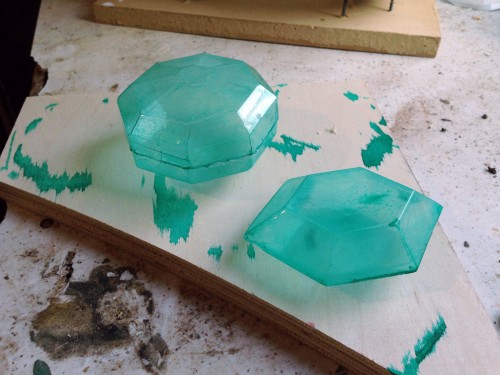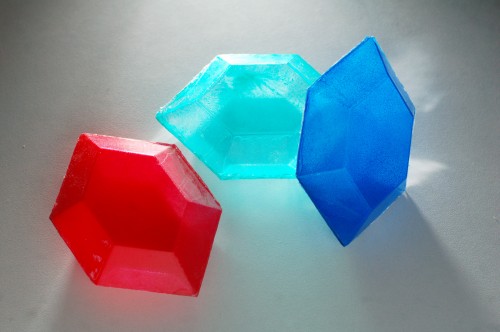The following first appeared in The Salt Lake Herald, on July 27, 1902.
Many stories are told of Dion Boucicault as occurring during the active life of that playwright actor. One relates to the time he was playing a piece called “The Vampire” at the Princess theatre, London. The opening scene represented the highest regions of the Alps by moonlight, while a thunderstorm raged in the distance. The Vampire (Mr. Boucicault) was seen lying dead on the mountain peak, to all appearances, but as a ray of moon touched his body he came to life.
Of course, the thunder was produced in the usual manner by the property man with a “thunder sheet.”
One night in the height of the season a tremendous clap of thunder startled the audience and interrupted Mr. Boucicault in the middle of a speech. Lowering his voice so that it could be heard only by the property man, he said:
“Very well, Mr. Davis, you are making more mistakes. That clap of thunder came in the wrong place.”
Mr. Davis replied in stentorian tones, which could be plainly heard all over the auditorium:
“No fault of mine, sir; it wasn’t my thunder. Thunder’s real out of doors, perhaps you can stop it there.”
Originally published in The Salt Lake Herald, July 27, 1902, page 11.

